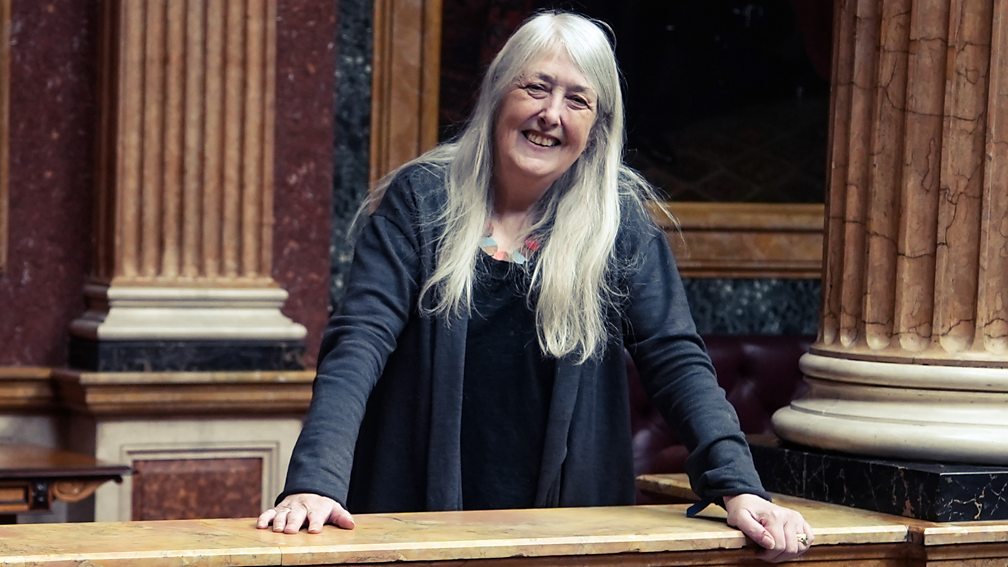Post
Festival of British Archaeology brings the past back to life
5 Jul 2023
The popularity of archaeology has gone from strength to strength, thanks to historians such as Mary Beard, Bethany Hughes and Alice Roberts.
Through the Festival of Archaeology which runs from 15-30 July, over half a million people participate in archaeology, exploring stories of place, and connect with the environment around them.
The theme for the 2023 festival is Archaeology and Creativity: celebrating the creative process at the heart of archaeology and exploring the creative practices that we use to bring to life the material we uncover and the stories of the places and people around us.
Join today and get priority booking here at The London Society
A highpoint of the Festival of British Archaeology is at Greenwich Park on Sunday 30 July, home of the Royal Observatory and the Prime Meridian, there will be tours, storytelling, art and poetry, visitors uncovering the site, from Roman place of worship to Saxon burial ground, from Tudor hunting park to Restoration pleasure garden and all the way up to the 20th century.
Council for British Archaeology President, archaeologist and TV presenter, Raksha Dave, will be giving a special reading and signing copies of her new children’s book, Lessons from our Ancestors.
Boom town
Looking back at the archaeology of the capital, Michael Paterson of London Historians looks back at the impact of previous population explosions.
There is good archaeological evidence of human habitation around the Thames prior to the arrival of the Romans; artefacts from the period can be seen in stages. Initially a garrison and bridge from 47 until its destruction by the Iceni under Boudicca in 60/61, Londinium wasn't developed by the Romans as a fully-functioning port and trade centre until the 70s onwards.
Rapid development followed for the next 70 years or so, characterised primarily by the port with attendant warehousing, but significantly also a forum, squares, temples, a basilica, amphitheatre and sundry civic buildings: in short, all the trappings of a Roman imperial centre, making Londinium de facto Britannia's provincial capital. At its height circa 122 coinciding with Hadrian's tour of the province, it is estimated the population of London was at least 45,000 and possibly as many as 60,000.
Check out our rundown of upcoming events
What does this signify for that period? Rome's population at that time has been variously estimated at between 400,000 and near to a million. Agreed, that's a huge margin of error. Nonetheless, we can probably say that Londinium was about a tenth of the size of its mother city. That's a significant size for the period with only a handful of others - such as Alexandria and Antioch - being larger.
Archaeological evidence indicates Londinium suffered a major fire soon after Hadrian's tour. At some stage in the late Roman period it was re-named Augusta, but this epithet for a provincial capital could not disguise the city's decline. After the legions abandoned Britain and as the Roman Empire in the west disintegrated through the early fifth century, Londinium's raison d'etre as a bustling port and trading hub evaporated. London's population didn't recover its size for another thousand years.
For the next several hundred years, London was little more than a ghost town, even taking into account the settlement of Lundenwic; roughly in the area of Covent Garden and the Strand today. It was not until Alfred the Great restored the City in the 880s that London began its slow return journey, first to significance and then ultimately to pre-eminence.
From The London Society Journal archives


